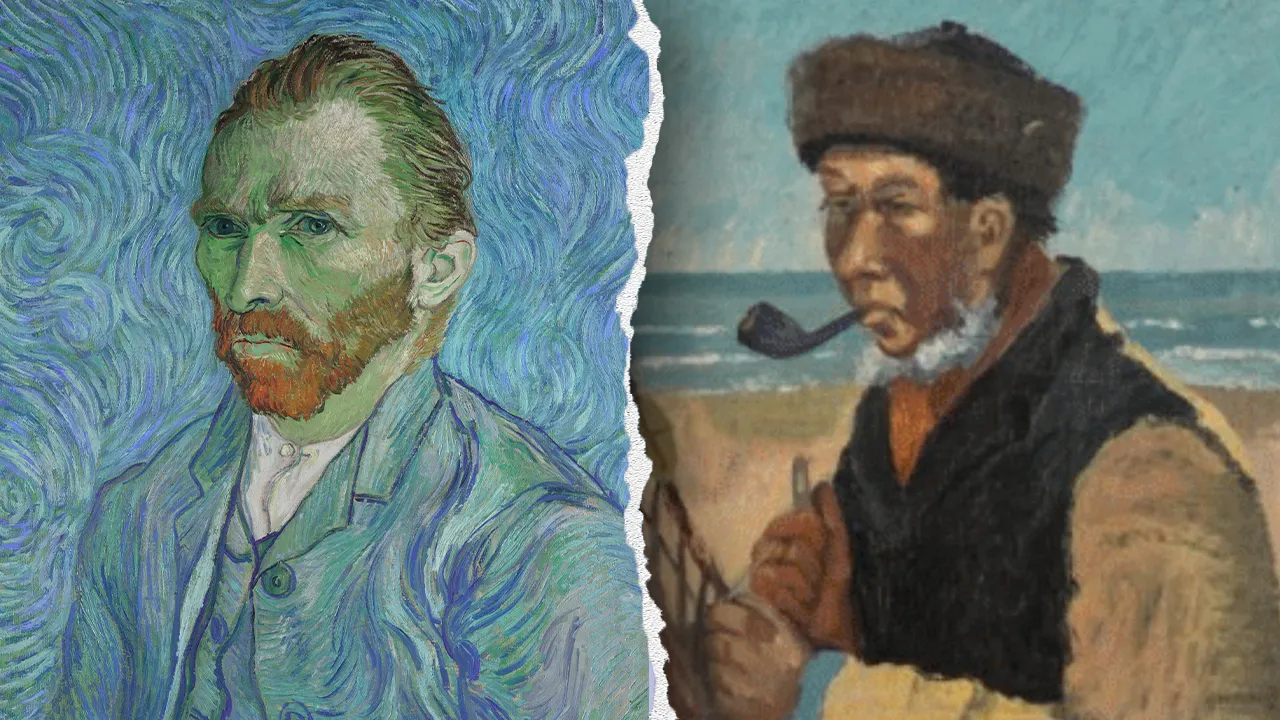Van Gogh’s Hidden Masterpiece: The Garage Sale Find That Shocked the Art World
In an astonishing twist of fate, a long-lost painting by the iconic artist Vincent van Gogh was uncovered at a humble garage sale in Minnesota, purchased for just $50. This remarkable discovery has not only sent shockwaves through the art community but has also reignited discussions about the provenance of art and the unexpected treasures that can lie hidden in everyday life. This article delves into the details of this incredible find, its implications for the art world, and the broader questions it raises about art ownership and authenticity.
The Discovery: A Hidden Gem in the Midwest
Imagine rummaging through boxes of old items, searching for a vintage lamp or a few books, when you stumble upon what appears to be an ordinary painting. This was the experience of a Minnesota local, who, while navigating through a garage sale, found a small canvas tucked away among various household items. Intrigued by its vibrant colors and expressive brushwork, the buyer decided to purchase it, unaware of the treasure they had just acquired.
After taking the painting home, the new owner felt compelled to investigate its origins further. With a little research, they soon realized that they were in possession of a piece that could potentially belong to one of the most celebrated artists in history: Vincent van Gogh. Experts were called in to authenticate the piece, leading to an exhilarating but cautious excitement in the art world.
The Authentication Process
Determining the authenticity of a painting attributed to van Gogh is no small feat. Art historians and experts must meticulously analyze various aspects of the piece, including:
- Signature and Markings: Authentic van Gogh paintings often include distinctive brush strokes and his unique signature.
- Provenance: Tracing the painting’s ownership history is crucial for establishing its legitimacy.
- Materials Used: Analyzing the canvas, paint, and other materials can provide insights into the painting’s age and origin.
- Stylistic Elements: Experts assess whether the painting aligns with van Gogh’s known styles and themes.
In this case, the initial findings suggested that the painting indeed bore similarities to van Gogh’s techniques and style. As anticipation grew, the art world held its breath, waiting for the final verdict.
The Frenzy Among Collectors and Historians
Once the painting was confirmed to be an authentic van Gogh, the news spread like wildfire. Collectors, art historians, and enthusiasts began to delve into the implications of this find. The painting, reportedly titled Still Life with Apples, was believed to have been created during the artist’s prolific period in Arles, France, where he painted some of his most famous works. This revelation raised several questions:
- Where had the painting been for so long? Many speculated about its journey and why it was sold at a garage sale.
- What does this mean for the value of other forgotten artworks? The value of the painting is estimated to be in the millions, prompting discussions on similar undiscovered works.
- How does this affect the art market? The find could lead to increased scrutiny of art provenance and the importance of thorough documentation.
The excitement surrounding this discovery also highlights the often-overlooked reality that masterpieces can emerge from the most unexpected places. It serves as a reminder that art is not always confined to galleries and auction houses; sometimes, it resides in the nooks and crannies of our everyday lives.
The Broader Implications of Hidden Art
This incident raises vital questions about the nature of art collection and ownership. With the proliferation of garage sales, thrift stores, and estate sales, many individuals unknowingly possess valuable artworks. The discovery of van Gogh’s painting opens the door to broader conversations about:
- Art Accessibility: How can art be made more accessible to the public while ensuring that its value is recognized?
- Ethics of Art Ownership: What responsibilities do owners have towards artworks that may hold significant historical value?
- Education and Awareness: Increasing public knowledge on how to identify potential treasures in everyday settings.
As art continues to be a significant part of human culture and history, understanding these dynamics becomes increasingly important. The van Gogh find is not merely a story of a painting; it is a narrative that intertwines the past with the present and underscores the need for vigilance and appreciation in the world of art.
Reflections on the Art World
The shockwaves from this discovery have also prompted reflection within the art community. Institutions and galleries are reminded of the importance of provenance, and the incident serves as a wake-up call for collectors to be diligent in documenting the history of their artworks. This event may also encourage more people to explore their attics and basements, potentially leading to a new era of art discoveries.
Moreover, it emphasizes the need for art historians and scholars to engage with the public, offering workshops or guidance on how to evaluate and appreciate art. By fostering a deeper connection between art and the community, we can ensure that valuable pieces do not go unnoticed.
Conclusion: The Legacy of Van Gogh
Vincent van Gogh’s legacy is one of passion, struggle, and brilliance. The discovery of his painting at a garage sale is a testament to the enduring allure of his work and the mysteries that art can hold. As the story continues to unfold, it serves as a reminder that masterpieces can be hidden in plain sight, waiting for the right moment and the right person to bring them back into the light.
In an age where art is often commodified and locked away in private collections, the garage sale find of van Gogh’s hidden masterpiece encourages a more inclusive approach to art appreciation. It beckons us to embrace the unexpected and to recognize that every piece of art has a story — one that is often just waiting to be discovered.
See more CNET Live

